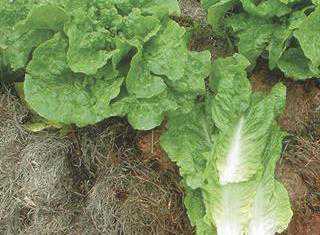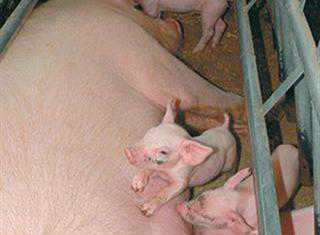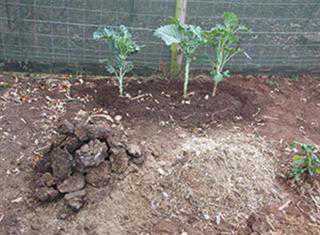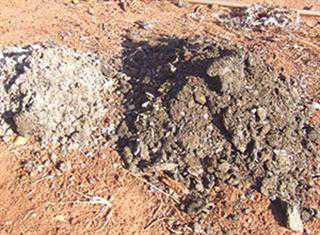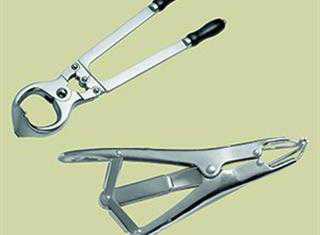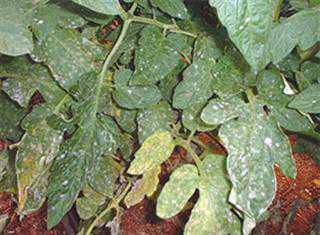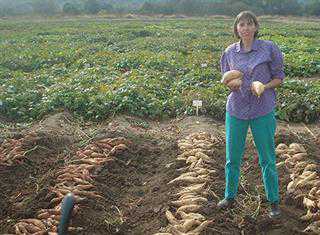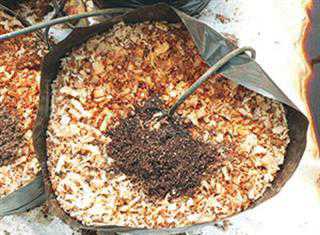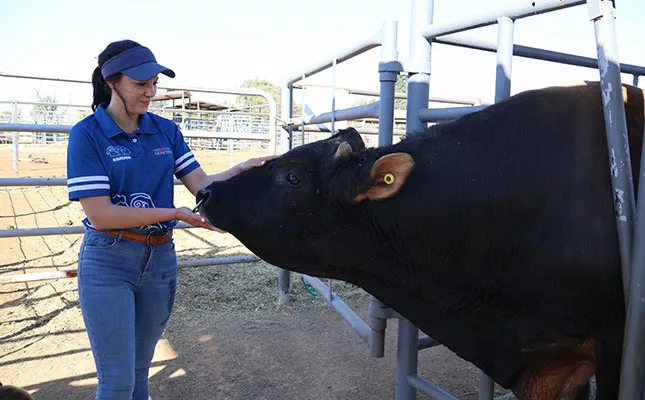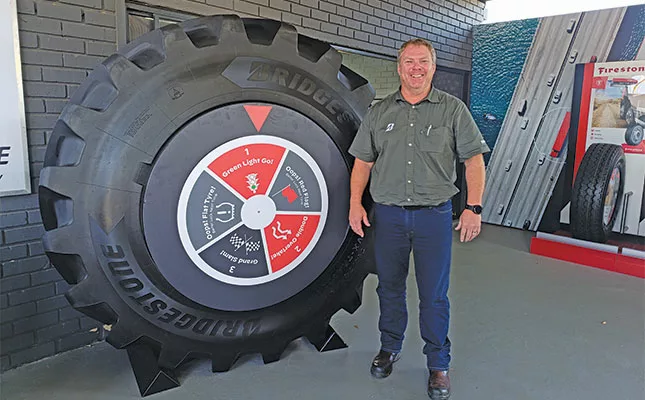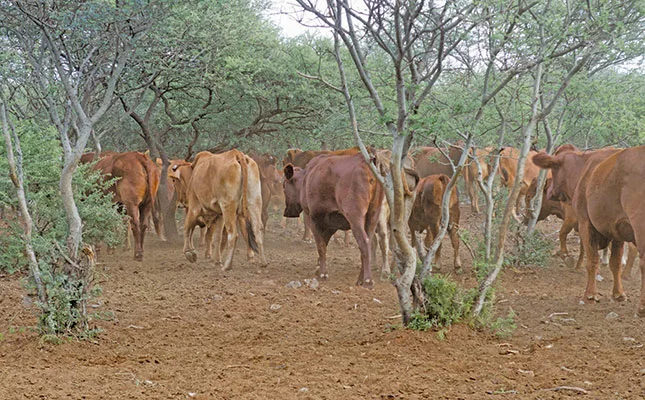How to grow lettuce – Part 2
This issue we look at the different kinds of lettuce available and which are best for your home garden.
Keeping track of your earnings
In the past people traded with whatever goods they had. But these days we can't conduct business without money - our income, writes Susan Pletts.
Understanding cash flow
Budgeting is knowing how much money goes in and out of your business, and cash flow shows when this will occur, writes Susan Pletts.
Budgets – why do we need them?
Working without a budget is like swimming in a rough sea with no life saver – you’re sure to drown, writes Susan Pletts.
Dealing with soil compaction – part 2
When it comes to farming, soil compaction can't be prevented. But it can be managed to maintain crop yield and irrigation efficiency, and to reduce production costs, writes Roelof Bezuidenhout.
Why measuring your land is essential!
Measuring your land will tell you how much of a crop you can plant and how much livestock you can keep, writes Susan Pletts.
Managing a sow – part 2
A sow is a female pig used for breeding, and a healthy female can give six or more litters. This week we look at handling a pregnant sow.
Dealing with soil compaction – part 1
Small-scale farmers often overlook the damage caused by bad tillage methods, leading to compacted soil, destroying their hard work, writes Roelof Bezuidenhout.
Maths vital for profitable farming
We can't escape maths, so learn to love it, because it's something you can't do without when it comes to running your business successfully, writes Susan Pletts.
Finance terms you need to know
Bankers and people involved in finance use many fancy words, and knowing what they mean is necessary if you want to make money, writes Susan Pletts.
Preparing your soil – part 2
Manure will do more than just fertilise and feed soil, it will loosen it to help the roots grow better and prevent diseases.Issue date: 13 August 2010
Preparing your soil – part 1
You don't need fancy tests to check your soil to see how much fertiliser you need.
How to make a profit
Many emerging farmers struggle when working out how much to charge for their produce to cover costs and make some money too. Susan Plett's lends a hand.
Castrating your beef calves – part 2
This issue we look at three more ways to castrate your beef calves – rubber rings, open wound and the short-scrotum method.
Farming hydroponically – part 4
Hydroponics is becoming a popular way to produce vegetables in South Africa because of the high quality of the produce. This week: keeping your plants disease-free.
Castrating your beef calves
Castration stops a bull calf’s testicles working so that it can’t reproduce, and also prevents the production of male hormones.
Growing sweet potatoes
Sweet potatoes originate from South America. Their heat tolerance makes them a useful summer crop for areas that are too warm for most vegetables.
How to draft a business plan – part 3
An important part of your business plan is describing where and how the product produced on the farm is to be sold and the prices that will be achieved.
Farming hydroponically – part 1
Over the next few weeks we’ll be taking you through this interesting and potentially profitable form of farming.
ADVERTISEMENT
MUST READS
ADVERTISEMENT
ADVERTISEMENT

